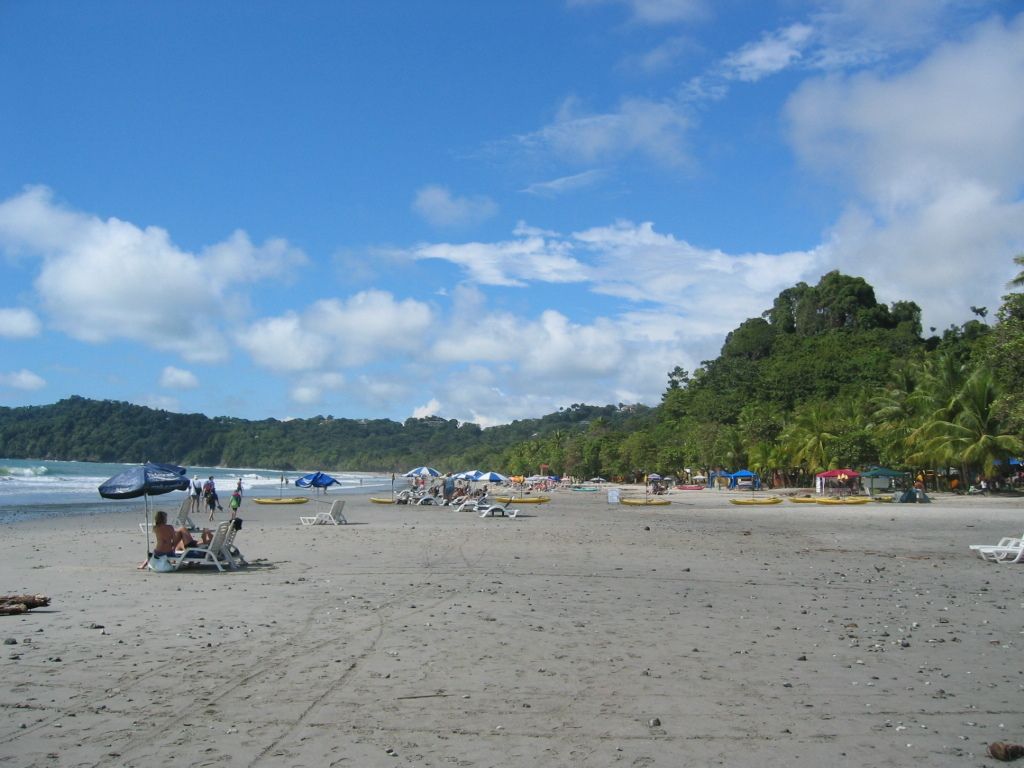Navigating the Climate Crisis's 1.5-degree Limit: Improving Definition and Enforcement
The ongoing climate crisis has experts at the World Climate Conference in Dubai, including a group from the UK, advocating for a clearer definition of the 1.5-degree limit, a target emphasized in the Paris Agreement. This agreement commits nations to limiting global warming to 1.5 degrees above pre-industrial levels.
The urgency of climate action is underscored by suggestions from the IPCC and Great Britain for earlier non-compliance certification methods due to current limitations in determining a threshold breach. Currently, the Intergovernmental Panel on Climate Change (IPCC) defines a threshold breach based on a global average temperature averaged over a 20-year period, which can only be determined 10 years after the date of exceedance.
Addressing this issue, a group led by UK researcher Richard Betts proposes a revised methodology, calculating the level of global warming from observed data from the past 10 years and projected data for the next 10. This method aims to recognize surpassing the 1.5-degree limit early and promptly, enabling the introduction of stricter measures.
For instance, employing this method, researchers found that global warming at the end of 2022 was approximately 1.26 degrees above pre-industrial levels. In response, the World Meteorological Organization (WMO) is considering commissioning an international team of experts to examine alternative methods for timely assessment.
Insights
Defining and recognizing the threshold exceedance of the 1.5-degree limit requires a nuanced approach. Key factors to consider include:
- Long-term Average: The Paris Agreement determines the 1.5-degree limit as an average of global surface temperature over several years, generally a 20-year period.
- Natural Climate Variability: Climate scientists account for natural climate fluctuations that can impact short-term temperature fluctuations, such as El Niño events.
- Threshold Breach: The threshold is considered breached when the 20-year average temperature exceeds 1.5 degrees Celsius above pre-industrial levels. A single year's temperature above 1.5 degrees does not imply a lasting breach due to natural variability.
- Observations and Modeling: Recent studies indicate that the world is likely in a period where the 1.5-degree threshold will be exceeded within the next 20 years, based on current warming trends and climate model projections.
- Probability and Uncertainty: Assessing the probability of exceeding the 1.5-degree threshold relies on complex discussions involving climate models and observed temperature anomalies.
Several methods aim to improve the accuracy and promptness in recognizing the moment when the 1.5-degree global warming limit established by the Paris Agreement will be surpassed.
- Refined 20-Year Averaging: Employing more current data and advanced modeling techniques can improve the precision of the 20-year average method, providing more timely and realistic assessments.
- Statistical Analysis: Utilizing statistical methods can help derive patterns and trends from historical temperature data, which leads to better understanding of current warming rates and implications for the Paris Agreement.
- Enhanced Observations and Data Assimilation: Integrating recent and updated observations and satellite records can improve the accuracy of climate predictions and reduce model uncertainties.
- Decadal Climate Predictions: Decadal climate prediction models, when initialized with oceanic conditions and prescribed radiative forcings, help provide more accurate short-term projections, allowing for better understanding of near-term climate variability and its long-term impact.
- Machine Learning and Emerging Technologies: Applying machine learning procedures to climate models can improve their calibration, post-processing, and fine-scale details, boosting the reliability of climate predictions and probably reducing uncertainties.
In conclusion, understanding the precise moment when the 1.5-degree global warming limit set by the Paris Agreement is breached requires employing advanced methods based on historical data, statistical analyses, model projections, and emerging technologies. These approaches aim to improve the promptness and accuracy of the assessment, enabling more timely and effective climate actions.








